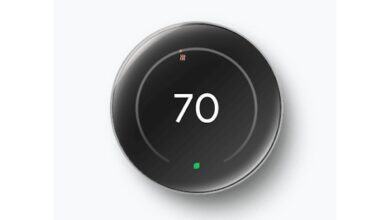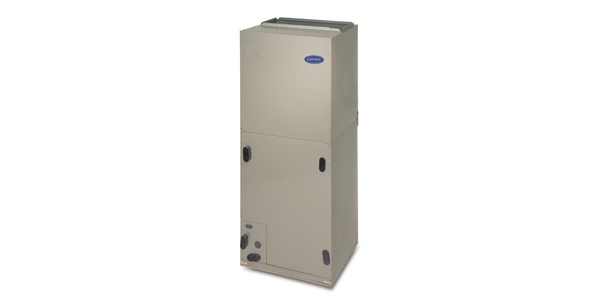ASHRAE Guide Puts Educators in Command of Classroom Indoor Air Quality
The American Society of Heating, Refrigerating and Air-Conditioning Engineers released a guide, developed by the ASHRAE Technical Committee 9.7 – Educational Facilities, for educators, administrators and school districts on indoor air quality. The document, “Design Guidance for Educational Facilities: Prioritization for Advanced Indoor Air Quality,” provides a checklist, as well as prerequisite and optional tasks in order of importance. Design professionals and contractors can use the guide as a tool when sitting down with school personnel to discuss options to improve indoor air quality based on existing HVAC equipment, regional objectives and available funding.
Teachers, administrators and parents can consider a range of change options from base minimum to advanced recommendations to improve indoor air quality, all under the guidance of a licensed, certified ventilation professional.
Once a school has a ventilation verification assessment performed, educators meet with a design professional to assess their system and determine their needs, they can use the guide for simple tasks, such as determining what temperature and weather conditions to open windows; calculating which air filters to use; learning when to open and close dampers due to outdoor air quality; and planning placement and proper use of carbon dioxide sensors, air cleaners and UV-C, or ultraviolet light, in their classrooms. The ventilation professional can help determine if these fixes are enough, or if upgrades or repairs to the HVAC system are also warranted.
The guide not only gives educators a roadmap to use when sitting down with their ventilation professional, it helps them make educated decisions about their classrooms’ indoor air quality at any point during the day.




